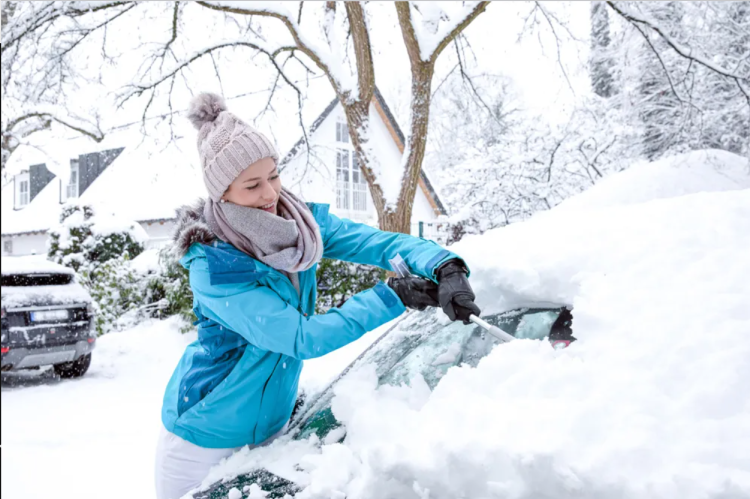It’s a sure sign of winter when your neighbours start putting up their car shelters. Available in widths for one or two cars, these temporary winter shelters are designed to cover driveways and protect vehicles from the elements.
Know the rules !
Before investing in a car shelter, it’s a good idea to check your municipality’s rules for them. Regulations on winter shelters vary considerably from town to town, and even from district to district. In some places they’re not allowed at all, while in others they require a permit. Even when they are allowed, it’s generally only for the winter. So, you have to put them up and take them down at the right time of year, or you could be fined.
What to look for
-
Tarp: Your shelter’s tarp should be bright white, with UV protection and welded seams. Keep the ties well maintained and properly tightened, and it should last you around 15 years. Neglect it, and you’ll cut its life in half.
-
Structure: The structure should be made of corrosion-resistant galvanized steel.
-
Anchors: To withstand winds and storms, your shelter needs to be securely anchored to the ground. Car shelters usually come with a set of four cavalier anchors, which are made up of a brace connecting two nails that are inserted into the ground so that they cross each other. But you can also use permanent anchors, which are much better at holding up against wind and the weight of built-up snow.
Location, Location, Location
Each municipality has its own rules for how close your shelter can be to certain objects and public spaces. These include streets, sidewalks, bicycle paths, walking paths, fire hydrants, and more. Many municipalities post these rules on their websites. However, they sometimes make exceptions for special situations, such as homes located on street corners. To find out more, contact your local city hall.
Assembly
It takes a good two hours to set up a car shelter and a little longer to take it back down. It’s best to have an extra person help you. Start by putting together the arches of the metal structure, then stand them up to attach them together. Before adding the tarp, check that the structure is properly aligned by measuring it corner to corner along the ground. Measure from the front left corner to the back right and from the front right corner to the back left. If the two measurements are different, reposition the structure until they match. Then, make sure the frame is nice and stable and cover it with the tarp.
Storage
Before you buy a car shelter, make sure you have enough space to store it in the off-season. For a single-wide shelter, you’ll need a space about three feet wide, six feet long, and a foot and a half high.
Maintenance
When clearing snow off your car shelter, make sure you get both sides, as any lopsidedness could damage the fabric or structure. When it’s time to take it down, make sure the tarp is completely dry and store your shelter out of direct sunlight.


